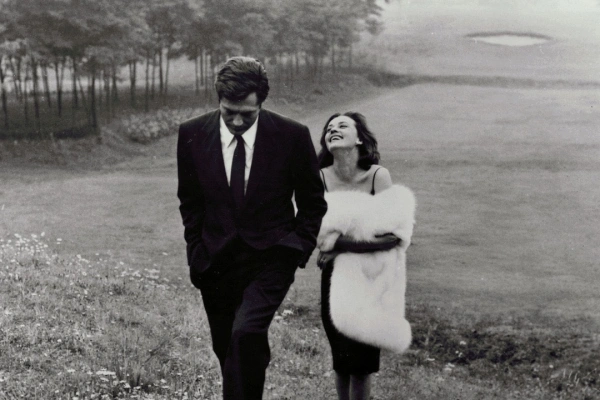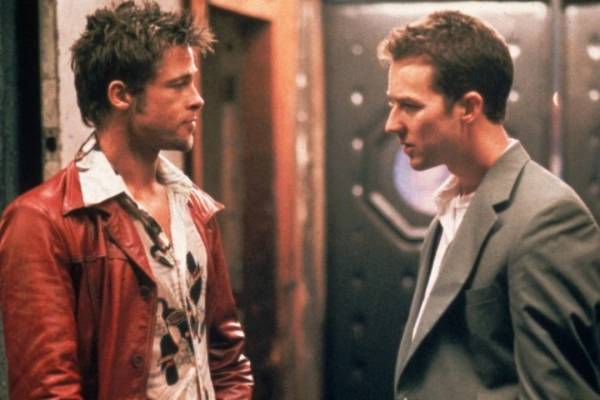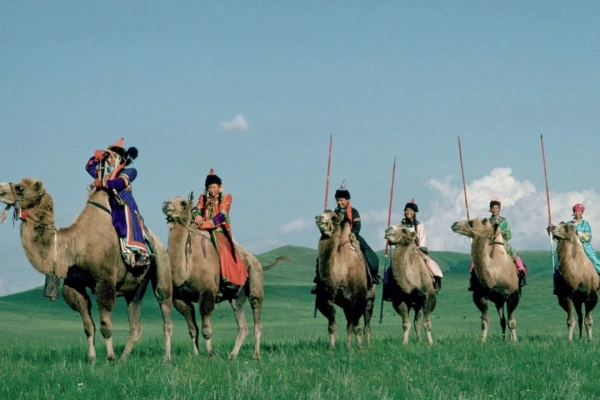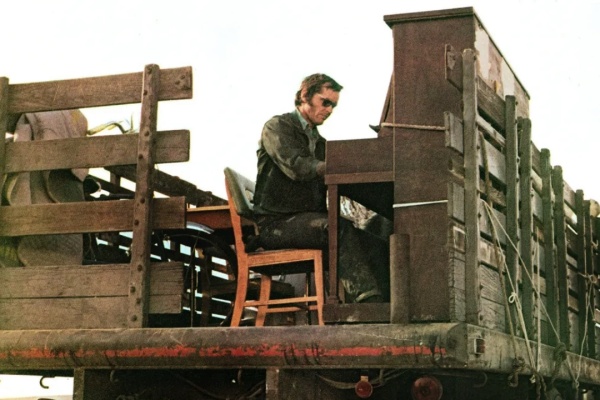The film that launched Japanese cinema into serious international reckoning, and quite simply one of Kurosawa’s very best.

Review #1,077
Dir. Akira Kurosawa
1950 | Japan | Crime/Drama/Mystery | 88 mins | 1.33:1 | Japanese
PG (passed clean) for mature theme
Cast: Toshiro Mifune, Machiko Kyo, Masayuki Mori
Plot: A heinous crime and its aftermath are recalled from differing points of view.
Awards: Won Golden Lion (Venice); Won Best Foreign Language Film & Nom. for Best Art Direction-Set Decoration (Oscars)
Source: Daiei
Accessibility Index
Subject Matter: Moderate – Philosophy, Truth, Perspectives
Narrative Style: Complex
Pace: Normal
Audience Type: Slightly Arthouse
Viewed: Criterion Blu-ray
First Published: 13 Sep 2014
Spoilers: No
It is somewhat frightening to think that Rashomon nearly did not secure a release. The studio involved did not like the final product, but nearly everyone else did, particularly the Western critics.
Showered with the Golden Lion from Venice, and a belated Academy Award for Best Foreign Language Feature, such was Rashomon‘s impact in 1950 that it heralded not just the international recognition of the massive talent that was Akira Kurosawa, but officially ushered in the rise of Japanese cinema, shining the spotlight on filmmakers like Yasujiro Ozu, Kon Ichikawa, Masaki Kobayashi, the veteran Kenji Mizoguchi, and many others.
It also changed our perception of film art, of style and narrative structure. In some way, it had a similar impact, perhaps even greater, to Antonioni’s game-changing L’Avventura (1960).
Rashomon runs at a modest 88 minutes, but it packs a lot in that time. Exploring themes such as Man’s greed, selfishness and lust, alongside his inability to articulate the truth, and how obscure truth really is, Kurosawa’s film revolves around four key eyewitnesses to a heinous crime, all giving entirely different accounts of the event.
Who is telling the truth? No one knows, not even Kurosawa himself. There is no convincing answer, but that is not what Rashomon is driving at. It does not wish to seek clarity through resolution; rather it is concerned with the complexity of Man’s inner makeup, his mystery, and ultimately his very own enigma.
“They are common stories these days. I even heard that the demon living here in Rashomon fled in fear of the ferocity of man.”
Rashomon, the half-wrecked gate sheltering the characters from the seemingly eternal rain, becomes the site where Man meets his enigmatic double, and has his faith in humanity questioned.
Through the lens of legendary cinematographer Kazuo Miyagawa, who with Rashomon became the first person to point the camera at the sun, and Kurosawa’s creative direction and clever use of the flashback technique, the film captures vividly the elements of nature, of sunlight, rain, shade, the thick woods etc., thus evoking unique time settings of past and present, of stark reality and multifarious memories.
The cast give mesmerizing displays, especially Toshiro Mifune and Machiko Kyo, who carry forth a balance of viciousness and sympathy. The use of clever flashbacks by Kurosawa, and the courthouse sequences in which we do not hear the judge speak become innovative film techniques.
This experimental narrative, if you will, by Kurosawa is a must-see work of Japanese cinema. It is an influential masterpiece that is timelessly challenging, philosophical, and ultimately highly rewarding.
Grade: A+
Trailer:
Music:












[…] Criterion Collection […]
LikeLike
[…] by the paintings of that time. The opening segment, shot in heavy rain, echoes Kurosawa’s Rashomon, also made in the same […]
LikeLike
[…] Criterion Collection […]
LikeLike
[…] Criterion Collection […]
LikeLike
[…] would describe Msangi’s work as Run Lola Run meets Rashomon in the loosest possible way, inasmuch as its structure and approach allow us to explore the meaning […]
LikeLike
[…] and not-so-straightforward in its storytelling; in fact, some might draw some parallels to Rashomon (1950) in its presentation of a few re-enacted ‘possibilities’ that the dastardly crime might […]
LikeLike
[…] part of its brutality comes from the wild, manic energy emanating from the delirious camerawork (by Rashomon’s and Ugetsu’s cinematographer Kazuo Miyagawa no less) and frenetic […]
LikeLike
[…] only ‘Lone Wolf and Cub’ movie to be shot by the legendary Kazuo Miyagawa (of Rashomon (1950) and Ugetsu (1953) fame), Baby Cart in Peril is another worthy entry into the series. In […]
LikeLike
[…] see The Third Murder as a depressing take on the lack of faith in mankind, almost like a modern Rashomon (1950) though it shares no likeness to Kurosawa’s classic, certainly not in quality, except in […]
LikeLike
[…] previously worked on films as acclaimed as Kurosawa’s Rashomon (1950), and Mizoguchi’s Ugetsu (1953) and Sansho the Bailiff (1954). Here he lends his […]
LikeLike
[…] latest, Gone Girl, grips you by the throat. At the end of it, you will feel like the woodcutter in Rashomon (1950). What is the truth? Where is the truth? Will you finally lose faith in […]
LikeLike
That’s a great film and one that deserves to be influential. There’s a reason why they call a whole narrative style “the Rashomon Plot/Effect”.
LikeLiked by 1 person
Indeed… sometimes as an exercise, I would ask my students to list down films/series that employ the Rashomon effect.
LikeLiked by 1 person
That’s a great idea.
LikeLiked by 1 person
[…] Criterion Collection […]
LikeLike
[…] Criterion Collection […]
LikeLike
[…] is indeed the weakest currency in Scott’s generally solid stab at a Rashomon-esque historical drama set in France during the brutal Hundred Years’ War. There are violent […]
LikeLike
[…] “a lousy imitation of Kurosawa”, alluding to the Japanese director’s 1950 masterpiece Rashomon, whose central incident also occurred in the […]
LikeLike
[…] both art direction and set design, and attempted to capture the creative spirit of films such as Rashomon (1950) and Seven Samurai (1954). […]
LikeLike
[…] quite clearly ideologically-driven. Its narrative structure, very much reminiscent of Kurosawa’s Rashomon (1950) where multiple perspectives distort the ideality of truth, is essayistic in […]
LikeLike